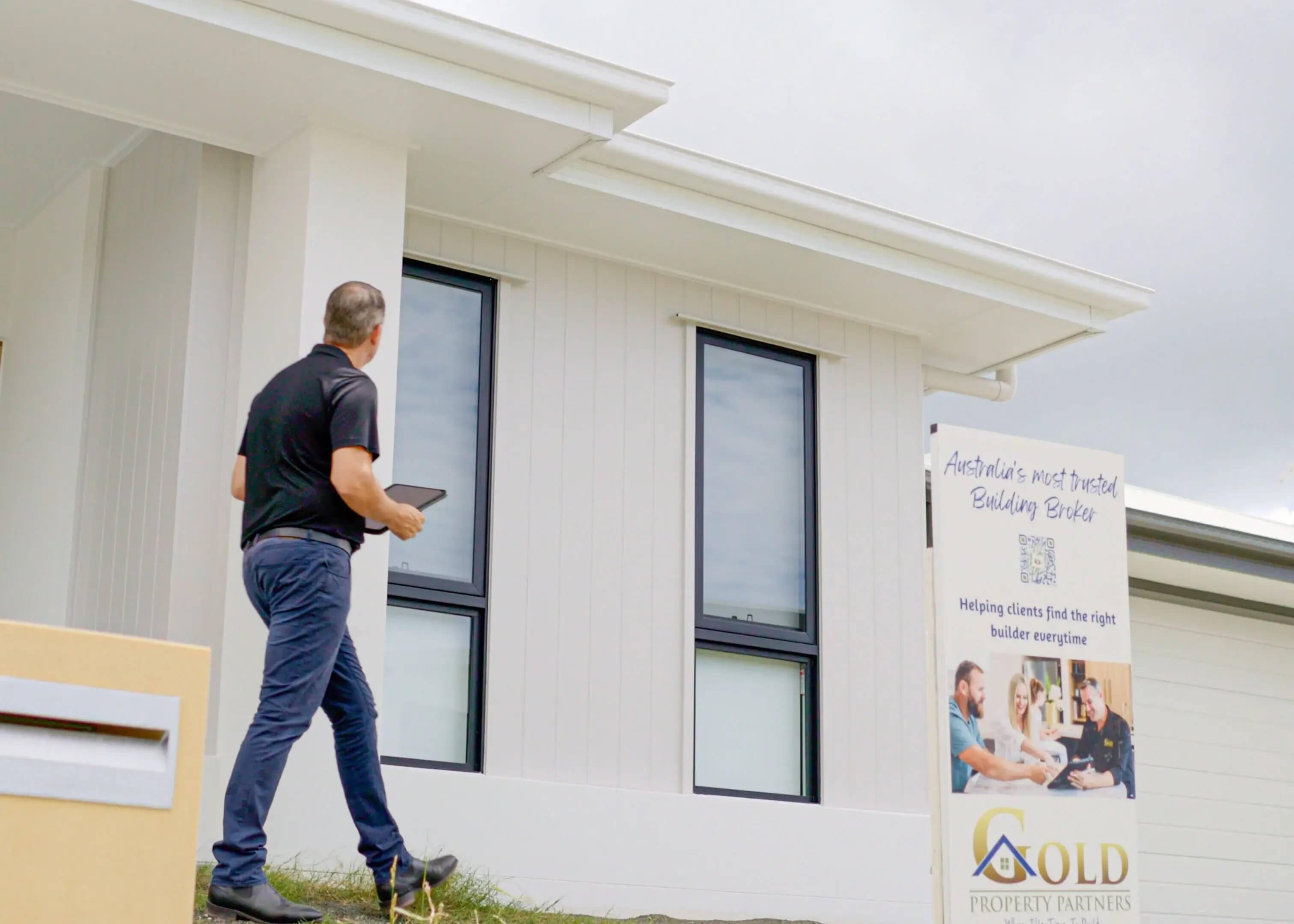1 Aug 2016
The Value of a Depreciation Schedule. Do you have one?
Tax depreciation is…The Australian Tax Office allows for owners of income producing properties to claim a tax deduction called depreciation. This claim is against the buildings structure along with its plant and equipment. As the building get older and the items begin to wear out they lose value and are therefore depreciating in value.Tax depreciation helps investment property owners claim more
In many of our conversations with clients we become aware of how little is known about depreciation as a claimable deduction. The more concerning fact is that often clients who are already in the investment market do not have any kind of depreciation schedule on existing property investments which is simply costing them thousands each year. Depreciation is a non-cash deduction meaning you do not need to spend money to claim it.
What is deductible under capital works allowance?Capital works allowance or building write-off refers to the tax deduction for the building’s structure and items considered to be permanently fixed to the property. In a residential property, capital works deductions are available to be claimed at 2.5% for the ATO specified life of the property – 40 years.Here are a few examples of the depreciable items you may be able to claim under a capital works allowance for both residential and commercial properties:Residential Property:Built-in kitchen cupboardsClothes linesDoors and door furniture (handles, locks etc.)DrivewaysFences and retaining wallsSinks, basins, baths and toilet bowls.
What is plant and equipment?Plant and equipment assets are items which are considered by the ATO to be easily removable from the property. The depreciation rates and effective lives of all ATO specified plant and equipment assets differ by asset and even by industry. Examples of items that can be depreciated as plant and equipment include:Residential Property:Hot water systems, heaters, solar panelsAir-conditioning unitsBlinds and curtainsLight shadesSwimming pool filtration and cleaning systemsSecurity systems.Research by a leading quantity surveyor shows that between 15 – 35% of the construction cost of a residential building is made up of plant and equipment assets. Maximising plant and equipment deductions is one of the keys to ensuring increased depreciation claims for a property owner.
How do property investors claim depreciation?In order to claim depreciation deductions property investors generally need to enlist a specialist Quantity Surveyor to complete a comprehensive tax depreciation schedule. The schedule outlines the deductions available on an income producing property and is used each financial year when preparing tax returns.Plant and equipment assets (division 40): Includes assets which can be easily removed from the property. The asset’s condition, quality and effective life all determine the allowances available.Capital works deduction (division 43): Is the deduction for the building’s structure. Available on properties constructed post 1982 (non residential) and 1987 (residential).Lets take a look at a simple case study to outline the benefits of having a Depreciation Schedule .The Scenario:Ben purchased a new three bedroom house for $600,000 just over one year ago.He rented his property and received a rental income of $545 per week, or $28,340 per annum.Expenses for his property for interest, rates, management fees and maintenance costs totalled $39,067.Towards the end of the first year of owning the property, Ben’s annual after tax outlay amounted to $6,758 or $130 per week.At the end of the financial year, Ben contacted a reputable quantity surveyor who completed a thorough site inspection and provided a detailed tax depreciation schedule for the property. The schedule showed that Ben could claim $11,200 in depreciation in the first full financial year alone.The following table shows Ben’s scenario both before and after tax depreciation was claimed.A new three bedroom house purchased for $600,000By claiming depreciation, Ben reduced his annual outlay for the property to $2,614 per annum or $50 per week. This was a difference of $80 per week in Ben’s pocket, or $4,144 for the first full financial year.Assumptions and disclaimer: Case studies and figures are based upon tax depreciation schedules completed the purposes of this example and do not represent any particular person or investment property scenario. The information provided is a general guide and does not constitute financial, legal or taxation advice. All figures are supplied as examples and may not represent your personal circumstances.You acknowledge and agree you must undertake your own analysis and obtain independent legal, financial and taxation advice before using, relying or acting on any information supplied on this website.The tax depreciation deductions in this case study have been calculated based on the diminishing value method of depreciation and are based upon a first full year of ownership. Marginal tax rates relevant to 2014 – 2015 financial year have been assumed.Visit our website @ goldpropertypartners.com.au to see more about the value we can offer to you.








